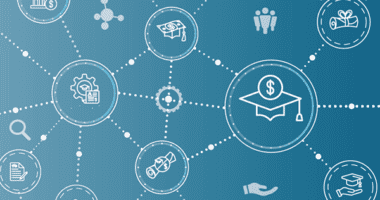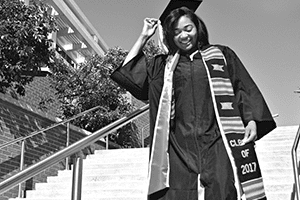Why Education Equity is So Important, Right Now
Recently, we’ve seen a fierce backlash against education equity — including a ban on affirmative action in college admissions and a rolling back of diversity, equity, and inclusion (DEI) programs and policies. There has also been a disturbing rash of censorship against children’s books featuring people of color and LGBTQ+ characters—demographics that are already under-represented in curricula. By curtailing the teaching of racism and honest history in classrooms. extreme right-wing theorists are working hard to undermine civil rights, reverse social progress, and hijack the idea of equity — which is about fairness and equal opportunity. Yet, they treat it as somehow incompatible with these American ideals.
Sadly, this strategy seems to be working. “Equity” is widely misunderstood by many people, particularly by extremists, many of whom condemn equity as a form of discrimination against White people.
It’s important, then, to understand what’s behind the backlash, what equity in education looks like, how it differs from “equality,” and why it matters.
What’s Fueling the Backlash
The latest backlash is in part a response to the racial reckoning prompted by the murder of George Floyd, the Black Lives Matter movement, and the COVID-19 pandemic — which had a greater toll on people of color and exposed existing racial and ethnic disparities in education, as well as health and housing. It’s also rooted in some Americans’ fear of demographic change, loss of status, and falling behind economically. Much of the backlash is politically motivated and aimed at public schools, which have long been battlegrounds in the nation’s ongoing culture wars and are working to address systemic racism, and make their curricula and policies on discipline, advanced coursework, and the like more inclusive.
It’s also linked to the myth of meritocracy and Americans’ core beliefs about equality — and the idea that all people are “created equal” — equal opportunity — and the idea that anyone, regardless of their station at birth, can get ahead through hard work — and the power of education — which is supposed to be the key to unlocking equal opportunity and success, but is increasingly perpetuating inequality. At face value, those beliefs/ideas sound good, but they can be harmful when used to downplay the patterns of racial inequality that are baked into the U.S. education system, ignore the barriers and stigma that many students of color and students from low-income backgrounds routinely face, and justify preserving the status quo.
If the pandemic revealed anything, it’s that the “status is not quo” in our education system, to borrow a line from “Dr. Horrible’s Sing-Along Blog.” Black and Latino students have been historically marginalized — decades after Brown vs. Board of Education — and that marginalization continues today.
Now is the time to disrupt the status quo and advance equity in education, not undermine it. We must provide access to the resources these students need, lest the lingering effects of the pandemic and preexisting racial inequities in opportunity and achievement undercut this generation’s prospects. It’s not just a matter of fairness; the fate of the nation hinges on their success — people of color comprise a growing share of public-school students and the U.S. workforce. Investing in them is investing in our common future. That’s why EdTrust is working to ensure that all students have access to excellent educational opportunities and the resources and supports they need to succeed in school and beyond.







